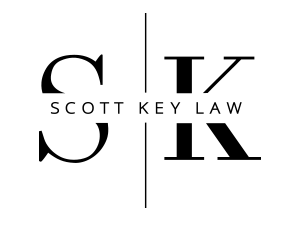New 11th Circuit Interpretation of a Portion of the Sentencing Guidelines
One of the hats I wear is that of the Federal opinions editor for a caselaw update that the Georgia Association of Criminal Defense Lawyers publishes monthly. It has been a slow month for Eleventh Circuit Opinions. But there is one that I will be writing up. And this blog post will pull double duty as a caselaw summary for that publication.
The case is United States v. Sheels, a January 31 published opinion. This case deals with whether it was proper to impose a four-point enhancement under 2G2.1(b)(4) of the Federal Sentencing Guidelines. The question turns on what is sadistic of masochistic conduct.
The Point:
For purposes of determining whether to impose a four-point enhancement for a conviction for sexual exploitation of a minor by production of sexually explicit material, it is proper to impose the enhancement even if the defendant is the recipient of sadistic or masochistic conduct was directed at him rather than from him.
The Facts:
Mr. Sheels was convicted of one count of producing and one count of receiving child pornography. He received a sentence of 600 months to serve. The sentencing added four points to his base level offense of 32 because the material contained the following as defined by 2G2.1 of the Federal Sentencing Guidelines:
If the offense involved material that portrays sadistic or masochistic conduct or other depictions of violence, increase by 4 levels.
Mr. Sheels argued that the enhancement did not apply because he was the recipient of the argument. The Court affirmed, having determined that the depiction of such conduct, in any form, was sufficient to apply the enhancement.
The Reasoning:
The Court found that it was not necessary to look further than the plain language of the guidelines to answer the question. “Involved material that portrays,” applies to the conduct in any form. The Court then went to a dictionary definition of the word involve.
There were no cases directly on point. And Mr. Sheels relied on some dicta from other cases potentially to support his position:
He cites a number of cases, like United States v. Hall, 312 F.3d 1250, 1261 (11th Cir. 2002) (quotation marks omitted), which contain statements like: “[A] photograph is sadistic within the meaning of Section 2G2.2(b)(3)3 when it depicts the subjection of a young child to a sexual act that would have to be painful.” But those cases merely stand for the proposition that material depicting sadistic or masochistic conduct directed towards the child is sufficient to warrant the application of a § 2G2.1(b)(4) enhancement, not that it is necessary.
Ultimately, the Court held that even the object of sadistic or masochistic conduct is subject to the enhancement. To the extent that this point was unresolved by the language of the guidelines, it is resolved now.

Leave a Reply
Want to join the discussion?Feel free to contribute!